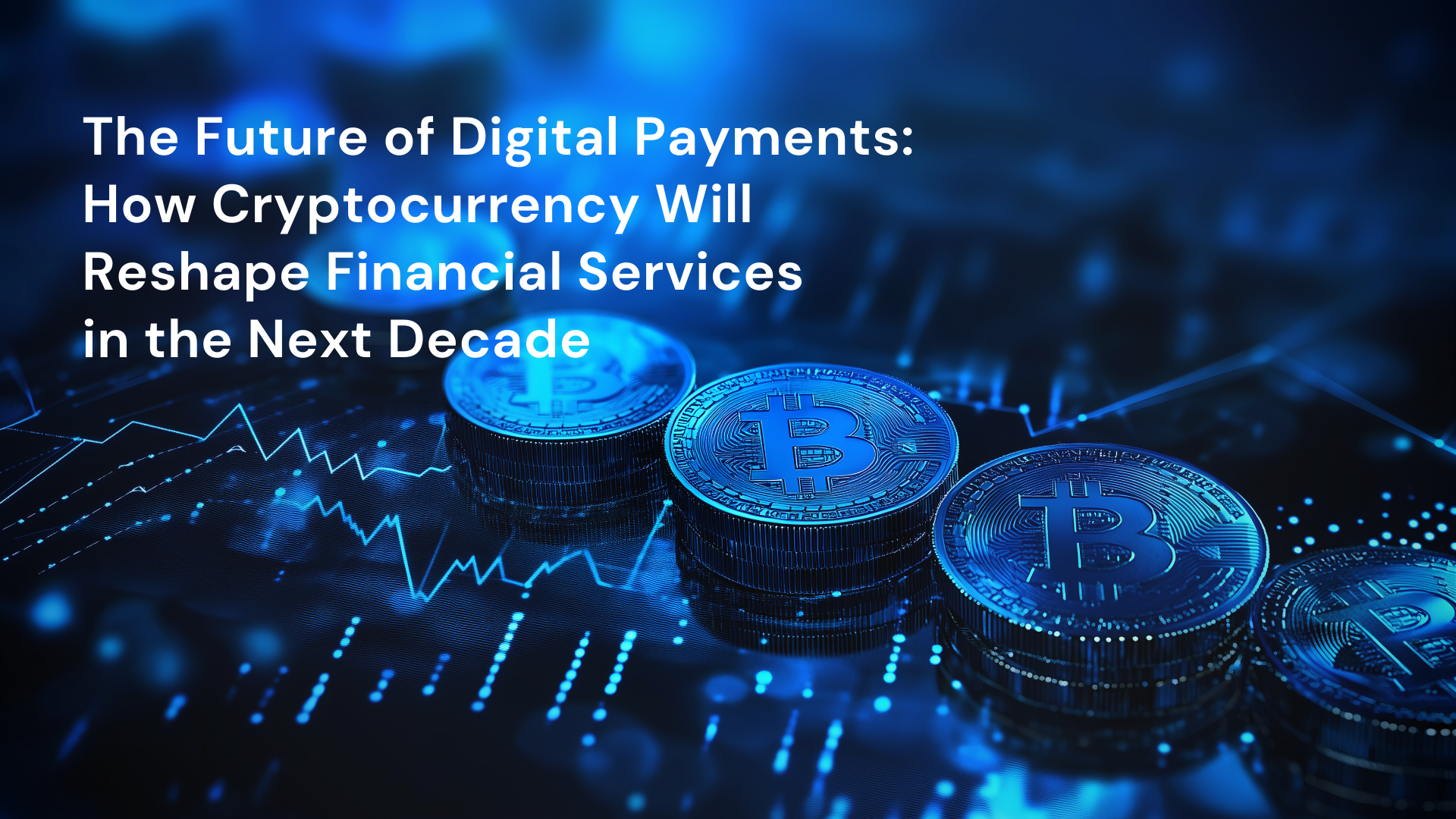

The Future of Digital Payments: Cryptocurrencies
Digital payments are rapidly evolving, and cryptocurrencies are at the forefront of this transformation. From Bitcoin's initial emergence to the rise of stablecoins and Central Bank Digital Currencies (CBDCs), the landscape is constantly shifting. This article explores the latest trends and potential future of digital payments, with a focus on the role of cryptocurrencies.
Current Trends in Cryptocurrency Payments
Several key trends are shaping the future of cryptocurrency payments:
- Increased Adoption by Merchants: More businesses, from large corporations to small retailers, are beginning to accept cryptocurrencies as payment. Companies like Tesla (though fluctuating) and Overstock have paved the way, and payment processors like BitPay are making it easier for merchants to integrate crypto payments.
- Layer-2 Scaling Solutions: Bitcoin's and Ethereum's scalability issues have hindered widespread adoption. Layer-2 solutions like the Lightning Network (for Bitcoin) and Polygon (for Ethereum) are addressing these concerns by enabling faster and cheaper transactions.
- Stablecoin Growth: Stablecoins, cryptocurrencies pegged to a stable asset like the US dollar, are gaining popularity for everyday transactions. They offer the benefits of cryptocurrency (speed, security) without the price volatility. USDT and USDC are leading examples.
- Rise of CBDCs: Many countries are exploring the development of their own digital currencies issued by central banks. China's digital yuan is already in pilot programs, and other nations are actively researching and developing similar initiatives.
- Decentralized Finance (DeFi) Integration: DeFi platforms are offering innovative payment solutions, such as instant loans and yield-bearing payments, further expanding the possibilities of digital finance.
The Impact of Blockchain Technology
Underlying all of these trends is blockchain technology. Blockchain provides several advantages for digital payments:
- Security: Blockchain's decentralized and cryptographic nature makes it highly secure and resistant to fraud.
- Transparency: All transactions are recorded on a public ledger, providing transparency and auditability.
- Efficiency: Blockchain can eliminate intermediaries, reducing transaction costs and processing times.
- Accessibility: Cryptocurrencies can provide access to financial services for the unbanked and underbanked populations.
Challenges and Obstacles
Despite the potential benefits, several challenges remain:
- Volatility: The price volatility of many cryptocurrencies remains a significant barrier to widespread adoption.
- Regulation: The regulatory landscape for cryptocurrencies is still evolving and varies significantly across countries.
- Scalability: While Layer-2 solutions are helping, scalability remains a concern for some cryptocurrencies.
- Security Risks: Despite blockchain's inherent security, exchanges and wallets can be vulnerable to hacking.
- User Experience: The complexity of using cryptocurrencies can be daunting for some users.
Future Outlook
The future of digital payments is likely to be a hybrid system, combining traditional payment methods with cryptocurrencies and blockchain technology. We can expect to see:
- Increased Institutional Adoption: More institutional investors and financial institutions will likely enter the cryptocurrency space.
- Greater Regulatory Clarity: Governments will likely provide more clear and comprehensive regulations for cryptocurrencies.
- Seamless Integration: Cryptocurrency payments will become more seamlessly integrated into everyday life, with easier-to-use wallets and payment interfaces.
- Expansion of CBDCs: More countries will launch their own CBDCs, potentially reshaping the global financial system.
- Focus on Privacy: Privacy-focused cryptocurrencies and technologies will gain traction as users become more concerned about data security.
Cryptocurrency Comparison
| Cryptocurrency | Market Cap (approx.) | Primary Use Case | Transaction Speed |
|---|---|---|---|
| Bitcoin (BTC) | $1.3 Trillion | Store of Value, Digital Gold | Slow (7 transactions per second) |
| Ethereum (ETH) | $400 Billion | Smart Contracts, DeFi, NFTs | Moderate (15-45 transactions per second) |
| Tether (USDT) | $110 Billion | Stablecoin, Price Stability | Fast |
| USD Coin (USDC) | $30 Billion | Stablecoin, Price Stability | Fast |
Resources for Further Information:
The future of digital payments is dynamic and exciting. While challenges remain, the potential benefits of cryptocurrencies and blockchain technology are undeniable. As the technology matures and regulations become clearer, we can expect to see even more innovation and adoption in the years to come.
